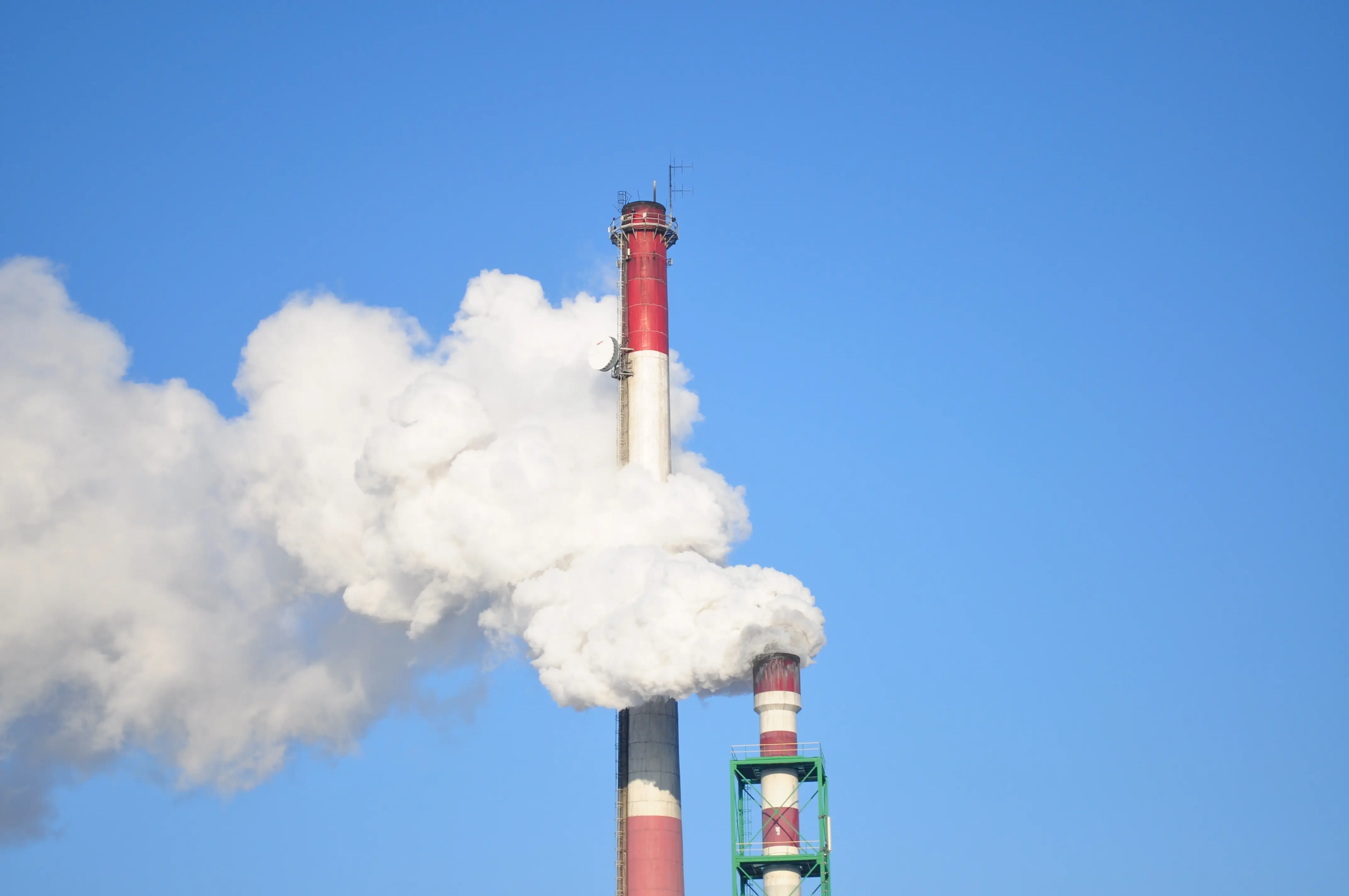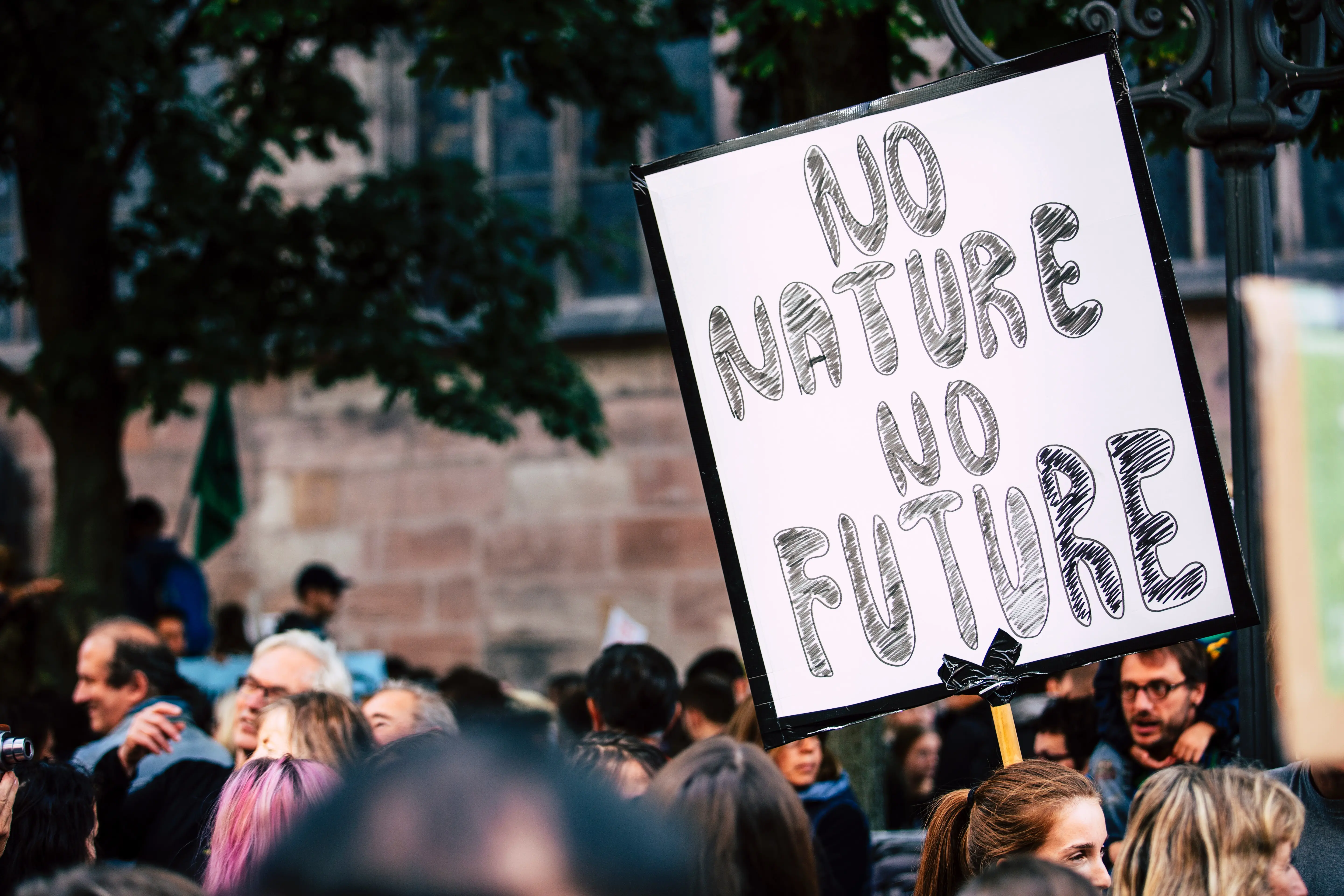Abstract
Climate change occurs when human activities directly or indirectly alter the composition of the global atmosphere over a long period (United Nations Statistics Division 2016). It is characterized by changing weather patterns across the world compounded over time. Pollutants are examples of substances that alter the composition of the global atmosphere. They are described as unwanted and dangerous materials introduced into the environment and have a negative impact on human health (Landrigan et al. 2017). Research has established a close relationship between pollution, climate change, and global inequality. The observation made in this write-up is a codependent feedback loop, where a high rate of pollution increases inequality in a society, which increases the rate of pollution.
Keywords: pollution, climate, inequality
CLIMATE CHANGE, POLLUTION, AND INEQUALITY
A study conducted in the US found that a high rate of pollution was linked to the socio-economic status of the region. Factories were often opened up in neighborhoods that mainly comprised of poor and marginalized families. As the wealthy enjoyed the economic gains of these factories, cleaner air, and water, the poor marginalized were exposed to higher noise levels, increased water and air pollution (Boyce 2018).
Exposure to pollution increases higher chances of developing non-communicable diseases. The marginalized community members had to take their children to hospitals often because they were constantly sick. This increases budgetary spending on healthcare and is counterintuitive to economic growth (Boyce 2018). At the same time, working-class adults have to take days off to tend to their sick children, which results in decreased performance at the workplace and decreased output, which also hinders economic development in those areas. Lancet (2017) stated that nearly 16% of deaths in 2015 were caused by pollution.
Upper and middle-income cities consume a lot of fossil fuels which increase air pollution by adding airborne particulates into the atmosphere (Boyce 2018). This contaminated air increases the risk of contracting chronic respiratory diseases (Jiang, Mei, and Feng 2016), further increasing expenditure on healthcare. Chemical pollution is when new untested and toxic chemical components are added to the environment. These components are toxic to human health. Lancet’s report (2017) proposes that 140,000 new chemicals have been produced since the 1970s to date and have not been critically tested to ascertain their toxicity to human health. One of the main reasons why new chemicals are spawned every few years is creating agricultural solutions. Farmers need solutions to increase the yield of their farms by reducing pests and delivering much-needed chemical mineral supplements to the soil. However, in doing so, farmers continue to poison the environment by adding soluble pollutants to the soil and eventually to water sources from which they drink. More often than not, a society that depends on these water sources has inadequate filtration systems, and thus, little can be done to purify the water satisfactorily. The very economic activity supposed to bridge the inequality gap widens it by adding non-communicable diseases and expensive health problems to these farming communities.
Natural capital is a country’s naturally available resources such as land, water, forests, and protected areas, essential to its survival (UNESCAP n.d.). The effective utilization of these resources is essential to the economic growth of the country. A study by UNESCAP (n.d.) has shown that overutilization of these resources tends to widen the inequality gap. Prominent market players such as wealthy business owners have the resources needed to make full use of natural capital reserves. In doing so, many of the needy members of society have to contend with small portions of whatever natural capital is left and deal with the pollution that comes as a result of this utilization. The wealth generated by the corporations is disproportionately distributed. The wealthy business owners add more to their net worth while the poor continue to lose out on critical earning opportunities. Poverty leads, and the need to satisfy economic needs compel farmers to acquire more land for cultivation. Deforestation to acquire farmland is common in countries such as Indonesia and Brazil (UNESCAP n.d.). Land clearing techniques such as slash and burn are standard in these areas. In the dry season, farmers use wildfires as land reclamation methods to create new farmlands. This method is dangerous for the environment as it adds to atmospheric carbon, creating the greenhouse effect. It affects rainfall patterns in those regions as forests act as natural anchorage between rainfall and the areas they cover. In the long run, the area might lose its forest cover, leading to climate change.
Climate change comes as a result of consistent pollution. Changing environmental composition, ergo increasing greenhouse gas emissions and the total atmospheric carbon, regions worldwide begin experiencing long dry spells, increased rainfall and flooding, rising sea levels, and devastating tropical storms. Tropical storms are common in the Asia-pacific region. When they hit, higher-income cities experience economic loss, which they can quickly recover. However, the impact of storms on low-income cities has long-lasting economic damages, with some people even being unable to recuperate without aid. In the US, approximately 60% of citizens in areas prone to tropical storms have property insurance. In contrast, in low-income Asian countries, only 2% of the populations in storm-prone cities have the financial liberty to afford this. Climate change, therefore, widens the inequality gap even more by ensuring that the poor are always economically drawn back(UNESCAP n.d.).
CONCLUSION
In conclusion, climate change and pollution increase the inequality gap by increasing recurrent expenditure in healthcare and infrastructure and decreasing food security in lower-income countries.
REFERENCES
Boyce, By James K. 2018. “THE ENVIRONMENTAL COST OF INEQUALITY.” (November):72–77.
Jiang, Xu-qin, Xiao-dong Mei, and Di Feng. 2016. “Air Pollution and Chronic Airway Diseases : What Should People Know and Do ?” 2012(1):31–40. doi: 10.3978/j.issn.2072-1439.2015.11.50.
Landrigan, Philip J., Richard Fuller, Nereus J. R. Acosta, Olusoji Adeyi, Robert Arnold, Niladri Nil Basu, Abdoulaye Bibi Baldé, and Roberto Bertollini. 2017. “The Lancet Commissions The Lancet Commission on Pollution and Health.” 6736(October). doi: 10.1016/S0140-6736(17)32345-0.
UNESCAP. n.d. “Inequality of Impact: Environment and Inequality.” ENVIRONMENT AND INEQUALITY – United Nations ESCAP 48–60.
United Nations Statistics Division. 2016. “Applications of the FDES to Cross-Cutting Environmental Issues, Framework for the Development of Environment Statistics (FDES 2013).” (February).









